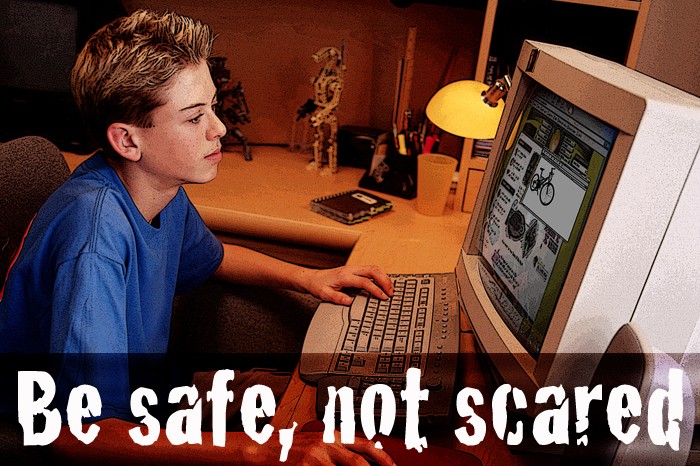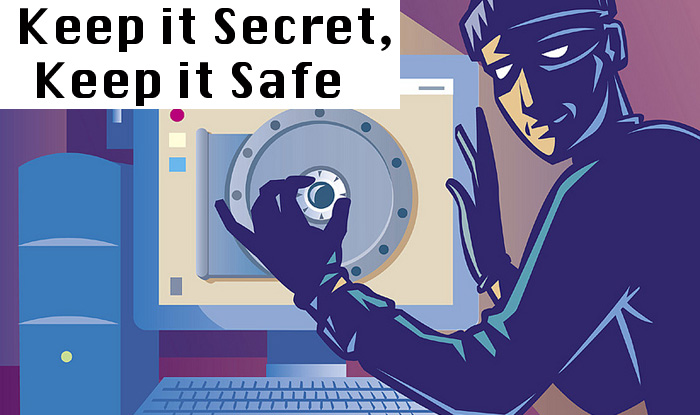Don’t Get Tricked
As I write this up, it is the last day of “National Cyber Security Awareness Month” as well as Halloween, so I thought it would be the perfect time to do one last pitch for being Cyber Security Aware.
As you get ready to put on your (or help your child put on their) costume – remember, you aren’t the only one out there pretending to be someone else. There are many hackers, pretenders and “bad actors” pretending to be someone or something else. The act of pretending to be someone or something you are not is a tactic many cyber criminals have used since the Internet began. This can be called “spoofing” or sometimes called a “phishing attack” – with the with real and scary intention to get access to your personal information, or to do harm to a computer network.
What is it, and Why do I care?
Phishing and Spoofing are very similar, in that they are trying to get you to do something based on fake or forged documents or information. “Spoofing is the dissemination of the email from a “spoofed” (or FAKE) email address, and phishing is often used in conjunction with a spoofed email. Phishing is the act of sending an email falsely claiming to be from an established legitimate business to trick the recipient into divulging personal, sensitive information such as passwords, credit card numbers, and bank account numbers.” (This description from the Department of Homeland Security, and you can learn more from the Internet Crime Complaint Center (IC3))
These types of attacks can be hard to detect – and in many cases, a “spoofed” email can look very real So, how do you tell?

